ALU FIN
Featured Products
Highest quality standards are achieved through the implementations of latest technology, decades of experience and everlasting moral values , which have helped us to retain our customers as well as multiply them.
Welcome to ALU FIN
Hard Coat Anodising
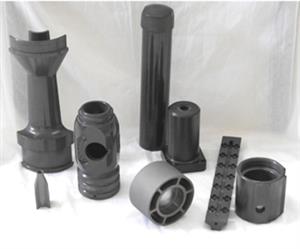
Hard anodising was first developed by Russian scientists to produce a metal surface tough enough for space travel. The same technology is now used by ALU-FIN. Through a process of electrolysis at sub-zero temperature using a high intensity electric current, 35 to 100 micron thick layer of aluminum oxide (Al2O3) as per requirement is formed molecule by molecule as an integral part of the metal. This process produces a surface harder than steel.
Hard anodising produces harder coatings than the normal 'decorative' process, but the exact shade depends upon coating thickness and anodising conditions (which we can control), as well as alloy, thermal history, degree of hot or cold work, etc, over which we have no control.
Silver And Colour Anodising
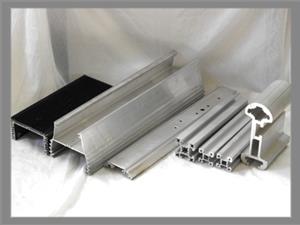
This process has applications in Decorative, Architectural and Protective applications.
The anodising process provides a method of electrolytically increasing the thickness of the naturally occurring oxide film on aluminium and its alloys, which is then followed by Electro colouring to give various shades with high gloss or matt finishes as required. For past more than 30 years we have been working with the various top architects in India and abroad to design and colour anodize aluminium extrusions, panels and structural glazing parts to enhance the look of the building structures.
DECORATIVE ANODISING
As the name suggests the main purpose of this process is to provide a pleasing aesthetic appearance of components and covers a wide range of products of differing levels of integrity from publicity gimmicks to high quality instrument panels. As the natural colour is silver or light grey, dyestuffs may be used as coloring dyes. Prior to anodising the aluminium may be brightened or dulled chemically to achieve a required texture as per Customer requirements.
Zinc Aluminum Flake Coating
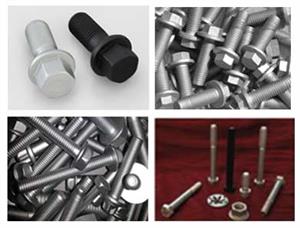
- Zinc Aluminium Flake Coating with Chrome free option. (Sourced from various proven overseas and indian reputed suppliers.)
- Microlayer corrosion protection paint with chromate matrix and Zn flakes; Silver Grey in Appearance
- Best suitable for CV and non ELV applications
- Multi Pack system, longer storage life when not mixed
- Coating Application: Dip Spin/Spray over Shot Blasting
- Excellent Corrosion and Chemical Resistance
- SST Over 1500 hours life
- Hydrogen Embritlement Free
- High Heat resistance
Electroless Nickel Plating
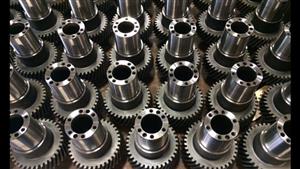
In contrast to conventional electroplating, Electroless Nickel Plating (ENP) is produced by a chemical process alone, without the use of an electric current. This results in a highly uniform, controllable deposit over the whole workpiece, even down long bores and overcomes one of the main weaknesses of electrolytic plating. The coating is actually a nickel-phosphorous alloy which gives a surface similar to chromium plating in appearance with a unique combination of hardness and wear resistance combined with excellent corrosion resistance and chemical resistance.
While there is no theoretical limit to the coating thickness, (very simply stated, thickness is a function of immersion time) there are certainly practical and commercial considerations. Coating thickness is normaly in the range 2 to 50 microns, and usually 10 to 12 microns is sufficient. Thickness can be controlled very accurately, Eliminating the need for post plating machining operations. As with any plating process dimensional growth needs to be taken into account but, unlike anodising, the growth is double the film thickness on diameter. Masking can be done to protect surface but this can add substantial cost. Since coatings follow the profile of the underlying surface, that profile will be reproduced, including faults, at the newly formed surface.
Nickel-Boron alloys can also be plated on for more specialist applications and Electroless Nickel Plating containing fine particulate PTFE can be applied to impart coatings with low coefficients of friction.
Powder Coating
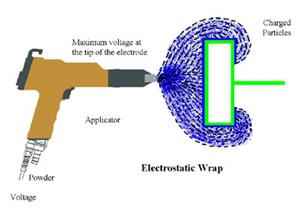
Powder Coating is a type of coating that is applied as a free-flowing, dry powder. The main difference between a conventional liquid paint and a powder coating is that the powder coating does not require a solvent to keep the binder and filler parts in a liquid suspension form. The coating is typically applied electrostatically and is then cured under heat to allow it to flow and form a "skin". The powder may be a thermoplastic or a thermoset polymer. It is usually used to create a hard finish that is tougher than conventional paint. Powder coating is mainly used for coating of metals, such as household appliances, aluminium extrusions, drum hardware, and automobile and bicycle parts. Newer technologies allow other materials, such as MDF (medium-density fibreboard), to be powder coated using different
Titanium Anodising
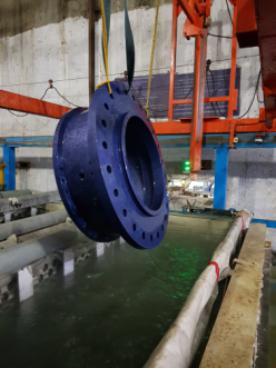
Anodising of titanium improves longevity and stability.
SURFACE EFFECTS OF TITANIUM ANODISING
Titanium anodising produces attractive coloured effects and is a popular material for the construction of the outer casing of motorcycle exhaust cans, where enthusiasts demand a rainbow effect giving a 'just raced' look. Single colour effects can also be produced where required and titanium surgical components are increasingly being colour anodised for identification purposes.
ANTI-GALLING PROPERTIES OF TITANIUM ANODISING
Titanium anodising also produces anti-galling properties and is commonly specified on components such as nuts, bolts, bearings and shafts.
Xylan Coatings
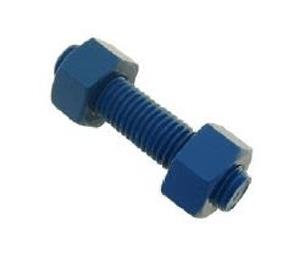
Description / Specification of Xylan Coatings
We are involved in offering a wide range of Xylan Coatings to our most valued clients. Our range of these are widely appreciated by our clients which are situated all round the nation. We offer our range of it at most affordable prices.
We introduce ourselves as an eminent trader and supplier of an extensive array of Xylan Coatings. Prior to dispatch, our quality controllers run numerous tests on the entire range on various parameters of quality and durability. The offered equipment is manufactured using superior quality components with the aid of sophisticated techniques at the vendors' end. Moreover, our precious clients can purchase it in different technical specifications at reasonable price from us within promised time frame.
Features:
Sturdy design
Highly durable
Application specific design
P.T.F.E Coatings
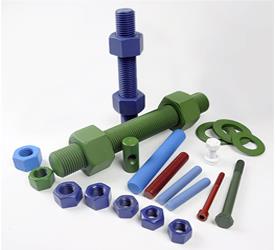
These specially formulated spray coatings combine corrosion protection and low friction properties to give a high order of maintainability and re-usability for various process equipment. A PTFE based coat of 50 m to 100 m thick outperforms the conventional PTFE linings and can be applied on
- Industrial Fasteners
- Process Piping
- Pipe Fitting
- Flanges· Industrial Valves
- Especially in Offshore, Refineries, Petrochemicals, Fertilizer And Acidic Environments
Metal Finishing Consultants
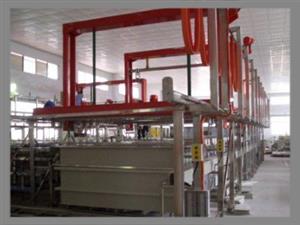
We also are a consulting firm providing business and technical advice to surface finishing and manufacturing companies.
Main core areas:
- Complete consultancy and supply of Anodizing & other Plating , Coating plants
- Supply of specialist Color / Hard Anodizing chemicals
- Consultancy in efficient and techno commercial solutions for better metal finishing techniques
- We can Supply Chilling plants and other Accessories required for Plating and Anodising.
Colour Anodising For Extrusions
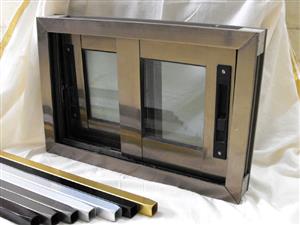
Description / Specification of Colour Anodising For Extrusions
We are involved in offering a wide range of Colour Anodising For Extrusions to our most valued clients. Our range of these are widely appreciated by our clients which are situated all round the nation. We offer our range of it at most affordable prices.
We introduce ourselves as an eminent trader and supplier of an extensive array of Colour Anodising For Extrusions. Prior to dispatch, our quality controllers run numerous tests on the entire range on various parameters of quality and durability. The offered equipment is manufactured using superior quality components with the aid of sophisticated techniques at the vendors' end. Moreover, our precious clients can purchase it in different technical specifications at reasonable price from us within promised time frame.
Features:
Sturdy design
Highly durable
Application specific design
Our Vision
* To embrace new technologies and methods. * To give unsurpassed products and services to the clients. * To constantly look for improvement and changes.










